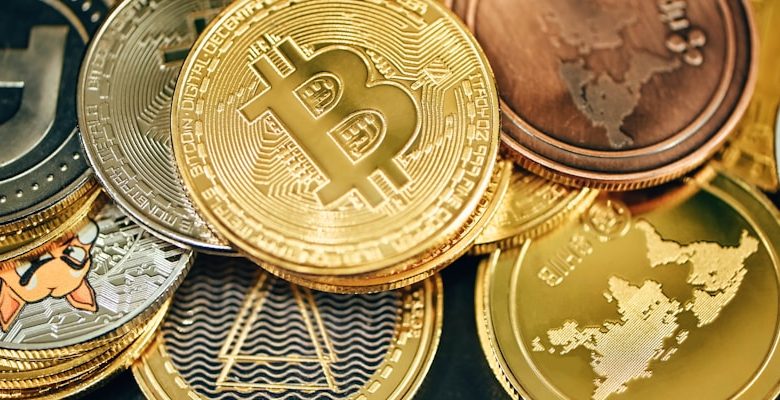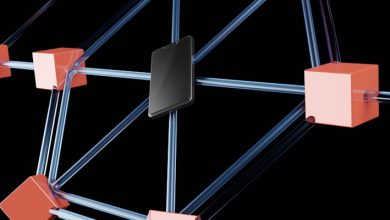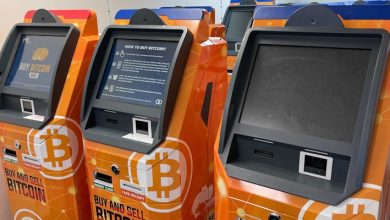How NFTs Are Leveraging Blockchain for Digital Ownership

- Understanding NFTs and their role in digital ownership
- Exploring the intersection of blockchain technology and NFTs
- The rise of NFTs: revolutionizing digital ownership
- Unlocking the potential of blockchain through NFTs
- Challenges and opportunities in the world of NFTs and blockchain
- How NFTs are reshaping the concept of ownership in the digital age
Understanding NFTs and their role in digital ownership
NFTs, or non-fungible tokens, are cryptographic assets that represent ownership of unique items or digital content on the blockchain. Unlike cryptocurrencies such as Bitcoin or Ethereum, which are fungible and can be exchanged on a one-to-one basis, NFTs are indivisible and cannot be replicated.
These digital tokens have gained popularity in recent years as a way to establish ownership and provenance of digital assets, including art, music, collectibles, and even virtual real estate. By leveraging blockchain technology, NFTs provide a secure and transparent way to verify the authenticity and ownership of digital assets.
One of the key features of NFTs is their role in digital ownership. Through the use of smart contracts, NFTs can be programmed to include specific details about the asset they represent, such as the creator, creation date, and any royalties or rights associated with it. This allows creators to retain control over their work and ensure they are properly compensated for its use.
Exploring the intersection of blockchain technology and NFTs
Blockchain technology and NFTs are increasingly intersecting, creating new opportunities for digital ownership. Blockchain, known for its decentralized and secure nature, provides the foundation for NFTs to exist. NFTs, or non-fungible tokens, are unique digital assets that are stored on a blockchain, ensuring their authenticity and ownership.
By leveraging blockchain technology, NFTs are able to establish provenance and scarcity, making them highly valuable in the digital world. The transparency and immutability of blockchain ensure that NFTs cannot be duplicated or manipulated, giving owners confidence in the authenticity of their digital assets.
The intersection of blockchain technology and NFTs has opened up new possibilities for creators, collectors, and investors. Creators can tokenize their work as NFTs, allowing them to retain ownership and control over their creations. Collectors can buy and sell NFTs with the assurance that they are getting the genuine article. Investors see NFTs as a new asset class with the potential for significant returns.
Overall, the combination of blockchain technology and NFTs is revolutionizing the concept of digital ownership. As more industries and individuals recognize the value of NFTs, we can expect to see even greater innovation and adoption in the future.
The rise of NFTs: revolutionizing digital ownership
NFTs, or non-fungible tokens, have been making waves in the digital world by revolutionizing the concept of ownership. These unique tokens are built on blockchain technology, which ensures their authenticity and scarcity. This has allowed digital creators to monetize their work in a whole new way, by selling one-of-a-kind pieces that cannot be replicated or replaced.
Unlike traditional digital assets, such as images or videos, which can be easily copied and shared, NFTs provide a sense of ownership and exclusivity. This has attracted a wide range of artists, musicians, and even sports personalities to the NFT market, eager to capitalize on this new form of digital ownership.
By leveraging blockchain technology, NFTs are able to provide a transparent and secure way to verify ownership of digital assets. Each token is stored on the blockchain, providing a permanent record of who owns the asset and when it was created. This not only protects the rights of the creator but also allows for easy transfer of ownership between buyers and sellers.
The rise of NFTs has sparked a new era of digital ownership, where creators have more control over their work and collectors can truly own a piece of digital history. As the market continues to grow and evolve, it will be fascinating to see how NFTs continue to shape the future of digital ownership.
Unlocking the potential of blockchain through NFTs
Blockchain technology has opened up a world of possibilities, with one of the most exciting developments being non-fungible tokens (NFTs). NFTs are revolutionizing the way we think about digital ownership, offering a new way to authenticate and transfer unique digital assets. By leveraging blockchain technology, NFTs are able to provide a secure and transparent way to track ownership of digital assets.
One of the key ways in which NFTs are unlocking the potential of blockchain is through the concept of digital scarcity. By creating a digital asset that is one-of-a-kind, NFTs are able to establish a sense of rarity and exclusivity that was previously difficult to achieve in the digital realm. This scarcity adds value to digital assets, making them more desirable to collectors and investors.
Additionally, NFTs are enabling creators to monetize their digital work in new and innovative ways. Artists, musicians, and other creators can now tokenize their work as NFTs, allowing them to retain ownership and control over their creations. This has the potential to revolutionize the way we think about intellectual property rights and royalties, giving creators more autonomy and financial opportunities.
Overall, NFTs are leveraging blockchain technology to empower individuals and businesses to take control of their digital assets in a way that was previously impossible. By creating a decentralized and secure system for digital ownership, NFTs are paving the way for a new era of creativity, innovation, and economic opportunity.
Challenges and opportunities in the world of NFTs and blockchain
As NFTs continue to gain popularity, there are both challenges and opportunities in the world of blockchain technology. One of the main challenges is the environmental impact of blockchain, particularly in terms of energy consumption. This issue has led to criticism of NFTs for their carbon footprint. However, there are also opportunities for innovation in this space, such as the development of more sustainable blockchain solutions.
Another challenge is the potential for fraud and theft in the NFT market. Due to the decentralized nature of blockchain, it can be difficult to verify the authenticity of digital assets. This has raised concerns about the security of NFT ownership. On the other hand, blockchain technology also presents opportunities for increased transparency and security through features such as smart contracts.
Furthermore, the rapid growth of the NFT market has led to issues of scalability and interoperability. As more creators and collectors enter the space, there is a need for blockchain networks to handle larger volumes of transactions. This presents a challenge for current blockchain infrastructure. However, there are opportunities for collaboration and innovation to address these scalability issues.
How NFTs are reshaping the concept of ownership in the digital age
Non-Fungible Tokens (NFTs) have become a game-changer in the digital world, reshaping the concept of ownership as we know it. Leveraging blockchain technology, NFTs provide a unique way for individuals to claim ownership of digital assets in a secure and transparent manner.
Unlike traditional forms of ownership, where physical proof is required, NFTs offer a digital certificate of ownership that is stored on a blockchain. This not only ensures the authenticity and provenance of the asset but also allows for easy verification and transfer of ownership.
With NFTs, individuals can buy, sell, and trade digital assets such as art, music, videos, and even virtual real estate with ease. This has opened up a whole new world of possibilities for creators and collectors alike, enabling them to monetize their work and establish a direct connection with their audience.
Moreover, NFTs have brought a new level of inclusivity to the digital ownership space, allowing individuals from all walks of life to participate in the ownership and appreciation of digital assets. This democratization of ownership has the potential to revolutionize the way we perceive and interact with digital content.



